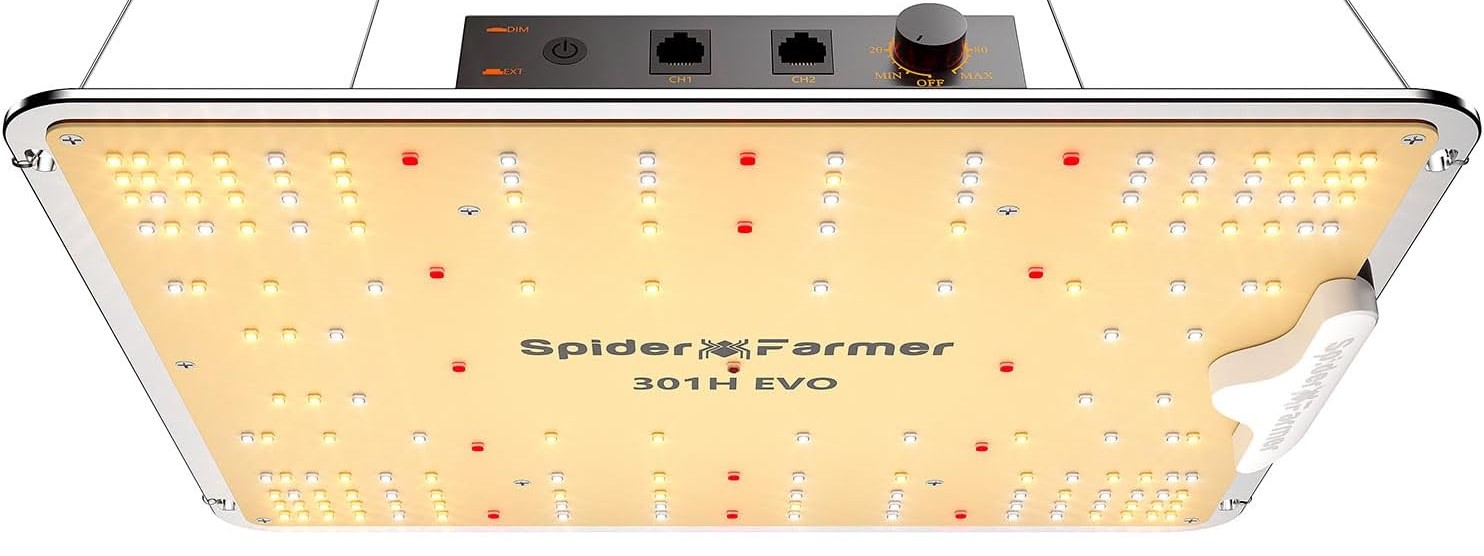What is Hydroponics?
First off, let’s define hydroponics. Hydroponics is a method of growing plants without soil, using mineral nutrient solutions in water.
Why LED Lighting?
- Energy Efficiency: LED lights consume less power for the same amount of light compared to other lighting solutions like HID or fluorescent lights.
- Longevity: LEDs last longer, meaning you’ll replace them less often.
- Temperature: They run cooler, reducing the need for additional cooling systems.
- Spectrum Control: LEDs can be designed to emit specific wavelengths of light, which can be advantageous for plant growth.
Types of LED Lights
- White Light LEDs: Mimic sunlight and are good for all stages of plant growth.
- Colored LEDs (Red/Blue): These are optimized for plant growth; red is good for flowering and fruiting, while blue is good for vegetative growth.
What You Need to Know
-
Wattage: Higher wattage generally means brighter light. A common setup might use lights between 20-50 watts for small setups, and up to several hundred watts for larger systems.
-
PAR Value: Photosynthetically Active Radiation is the light range plants use for photosynthesis. You may see this term when shopping for LED grow lights. Higher PAR value is generally better.
-
Spectrum: This is the range of color in the light wave. Full-spectrum or broad-spectrum lights are generally best as they cover all stages of plant growth.
-
Light Schedule: Different plants need different amounts of light and dark. For instance, many plants need more light during the vegetative stage and less during the flowering stage.
Simple Steps to Set Up
-
Get Your LED Lights: Decide on the type based on your needs (full-spectrum is generally a good choice for beginners).
-
Position the Lights: The distance between the lights and plants will depend on the LED’s power. A common rule of thumb is to keep high-wattage lights (50W and above) at least 12-24 inches away from the plant canopy to prevent light burn.
-
Set Up a Timer: To automate the light schedule, plug your LED lights into a timer. This allows you to set periods when the light is on or off.
-
Monitor and Adjust: As your plants grow, you may need to raise the lights or adjust the light schedule.
-
Check Water and Nutrients: LEDs won’t do all the work! Make sure your hydroponic system has proper nutrient levels and water quality.
Basic Troubleshooting
-
Leaves look discolored or burned: Light may be too close or too intense. Adjust the height/duration.
-
Plants are tall and spindly: Usually indicates insufficient light. Bring lights closer or increase light duration.
-
Leaf curling or yellowing: Could be a nutrient issue, not necessarily related to lighting.
-
Uneven growth: Make sure all plants are evenly exposed to light. You might need to reposition your lights or use additional LEDs.
Quick Tips
-
Start Small: If you’re a beginner, start with a small hydroponic setup and a single LED light to understand how everything works together.
-
Consult Guides: Many seed providers offer growth guides that tell you the optimal light, nutrient, and water conditions for specific plants.
-
Safety First: Always take safety precautions like using waterproof electrical setups, especially since you are dealing with water in hydroponics.
-
Regular Monitoring: Periodically check plant health, light distance, and nutrient levels to ensure optimal growth.
And there you have it, a beginner’s guide to using LED lighting in hydroponic systems. Happy growing!

